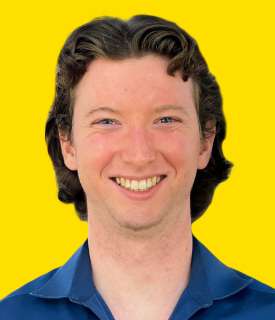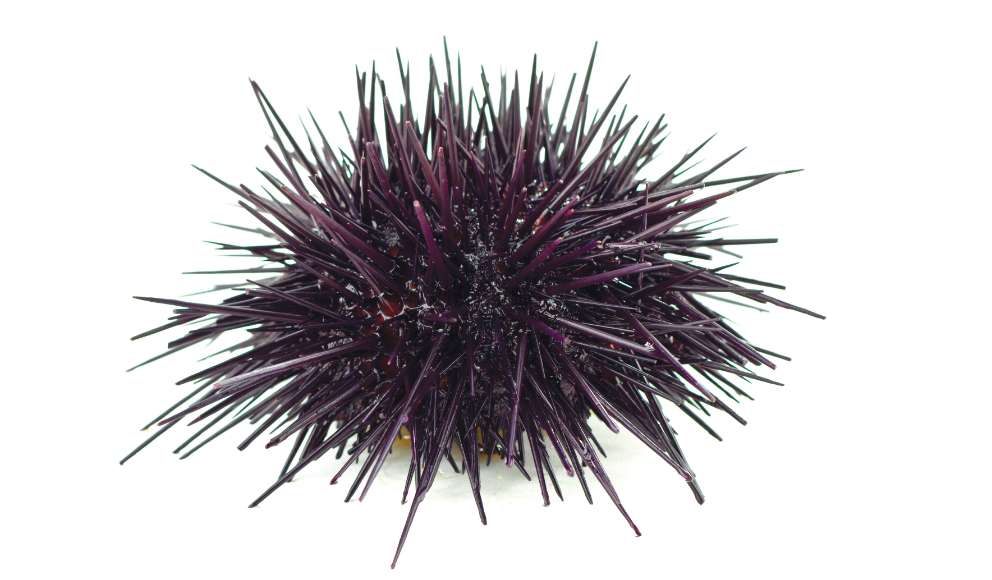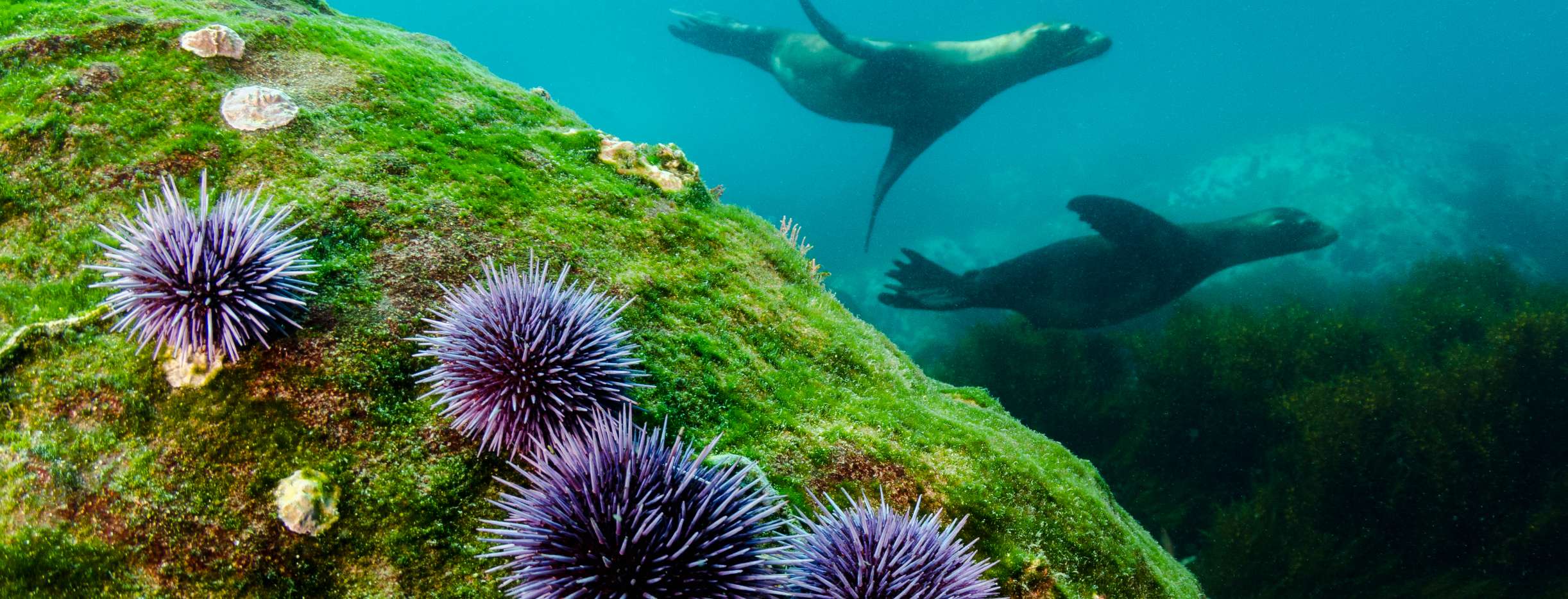Purple Sea Urchins—Kelp!
Award-winning entrepreneur and environmental activist Ryan O’Hara ’24 describes his latest research project.
 Ryan o’Hara’s first exposure to environmental work took place during an internship at NASA’s Kennedy Space Center, where he helped develop an algae-based, life-support system for the International Space Station and future lunar colonies.
Ryan o’Hara’s first exposure to environmental work took place during an internship at NASA’s Kennedy Space Center, where he helped develop an algae-based, life-support system for the International Space Station and future lunar colonies.
“Our civilization is currently hurtling toward a catastrophic ending due to the climate crisis,” O’Hara ’24 says. “I want to do my part to rewrite that ending and build a better future for the communities I care about and those that will come after me.”
From the looks of things, O’Hara is doing more than his part. The double major in environmental robotics and computer science/ mathematics is a 2023 Astronaut Scholar and the youngest-ever chair of the Association of Polar Early Career Scientists, which works with the United Nations on climate policy. Dec. 12, he traveled to Dubai to attend COP 28, the UN’s annual summit for world leaders to gather and create global policy to address climate change. While there, he spoke about his environmental nonprofit work as well as the $100,000 776 Fellowship he received from Reddit co-founder Alexis Ohanian. That award will allow O’Hara to spend the next two years building an opensource, semi-autonomous robot that is able to identify and collect purple sea urchins—which are devastating California’s kelp forests—from near-shore ocean ecosystems.
Why did you decide to focus on purple sea urchins?
Purple sea urchins have, due to a combination of climate change-driven factors, exploded in population in the past decade and have been largely responsible for an over 97% decrease in kelp forests off the West Coast. Kelp is incredibly important to ecosystem health. It provides shelter and nutrients to local fauna and buffers against many marine consequences of climate change. And, it serves a major role in the U.S. economy, so we’re hoping that this project will help remediate California’s kelp forests. This project got picked up by HMC’s Entrepreneurship Clinic Program, so we’ve been making a ton of progress recently.
You’ve been involved in quite a few environmental and climate-change research projects in addition to your time at NASA. Can you talk about those?
I’m currently finishing a project at Ames Research Center, which aims to build a machinelearning model capable of analyzing and predicting contrail formation from commercial aviation. In spring and summer 2021, I lived on a research vessel for a two-month Atlantic Ocean expedition (with Boston University, the Woods Hole Oceanographic Institute, and the Sea Education Association), which studied the effects of climate change on lanternfish population dynamics and migration patterns. And in summer 2022, I helped develop a more efficient method for mass producing microrobotic environmental sensors at the University of Washington.
One of the major things I’ve learned from this work is that the oceans experience some of the most severe consequences of climate change but seem to be neglected in global climate policy and talks. As a result, I wanted to use my knowledge of this space and technical expertise to fill this perceived gap in the climate movement’s work.

How do you juggle course work and your fellowship project?
Fortunately, Clinic is the only significant course I still need to complete to graduate, and Mudd’s new Entrepreneurship Clinic Program will allow me to fulfill this requirement while also working on the fellowship. As a result, I’ll be able to work full-time on my project and stay at Mudd part-time in order to receive my- degree next spring. After graduation, I plan to pursue a PhD in earth sciences and engineering then embark on a research career (entrepreneurship or government work) in climate tech and climate change solutions.
What do you do in your spare time?
I play piano for the Scripps music performance program and regularly perform around campus (I provided background music for President Klawe’s going-away dinner.). Over the past year, I’ve pursued two climate-based, independent projects: one in which several friends and I are working to program, train and develop a neural network capable of making predictions about aerial pollutants around the world and another where I built a solar-powered autonomous system out of my dorm room, which used algae and robotics to extract and store carbon dioxide from the atmosphere.
